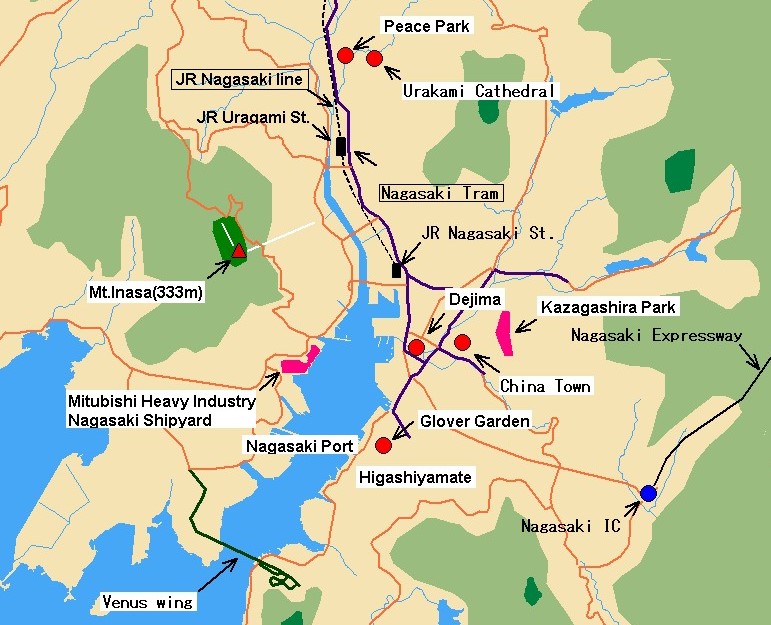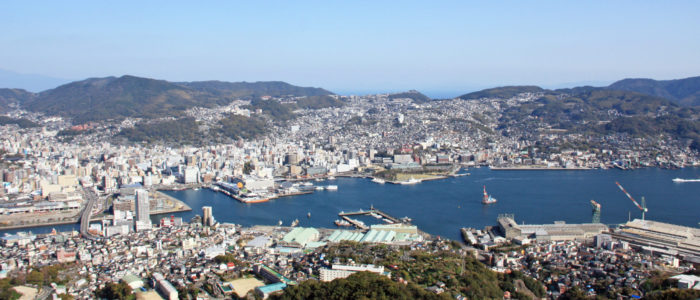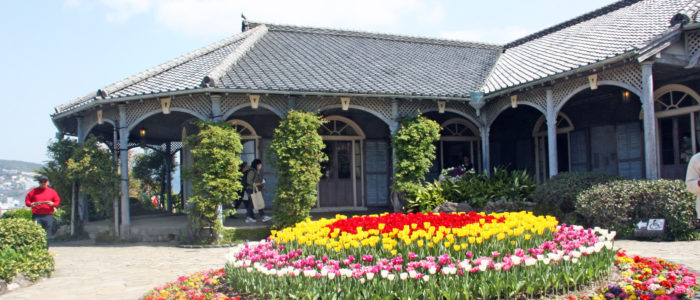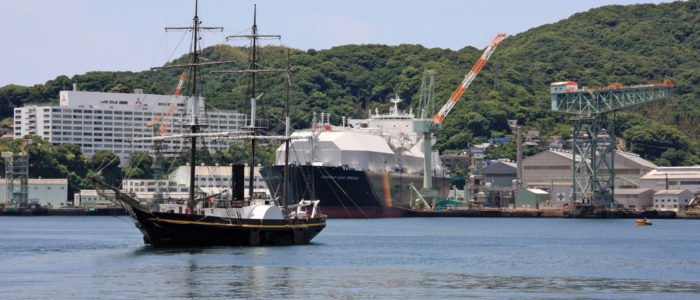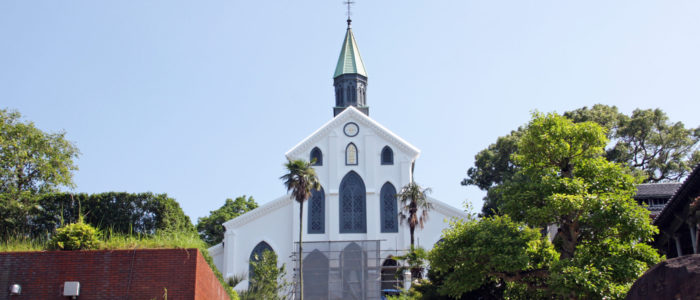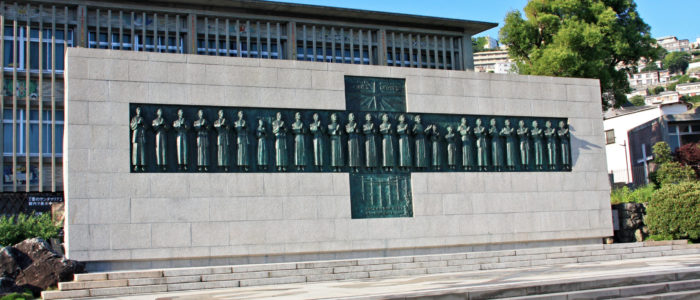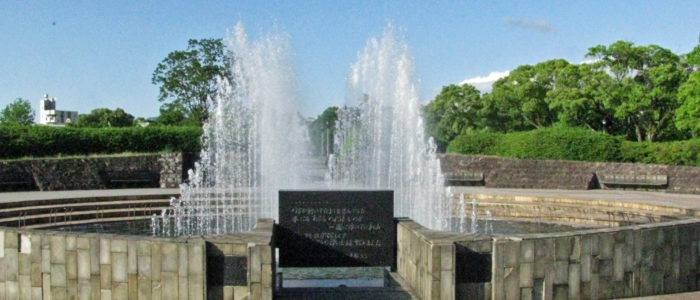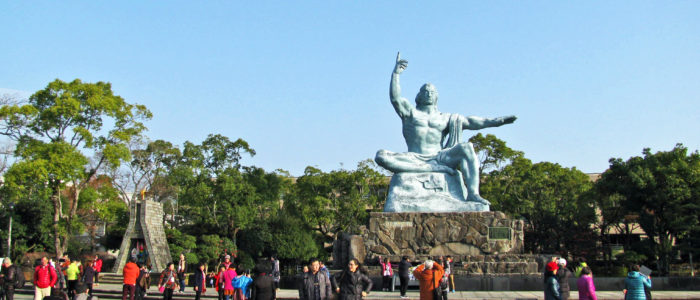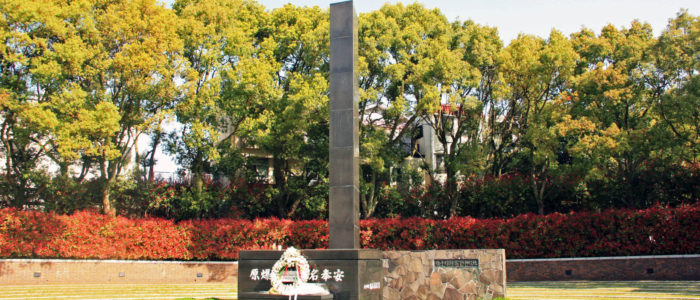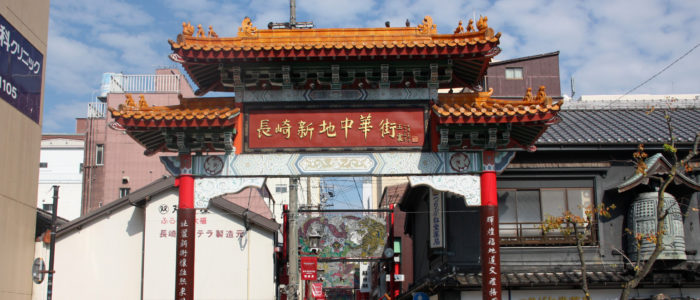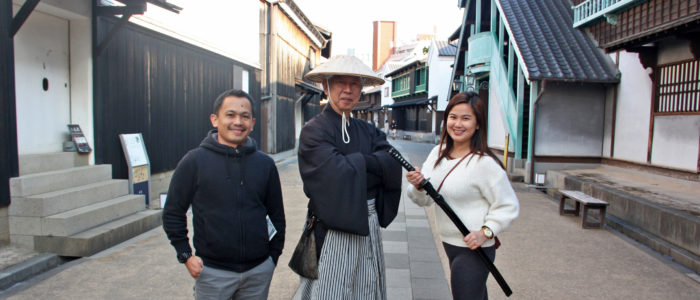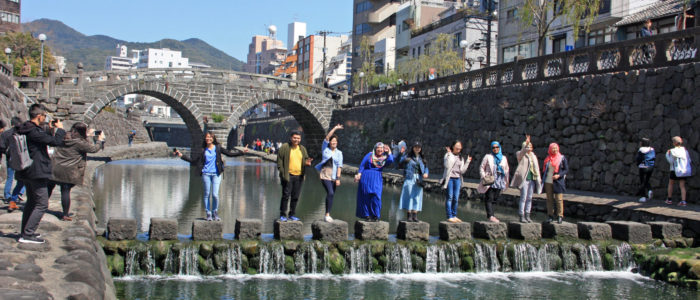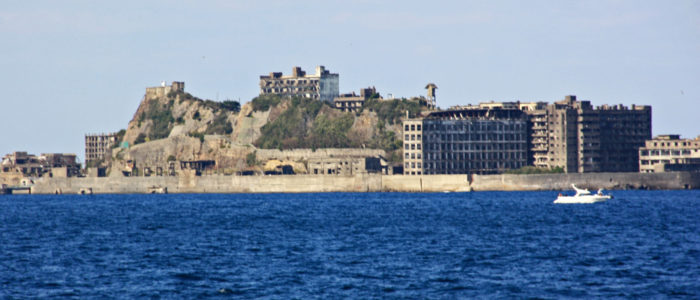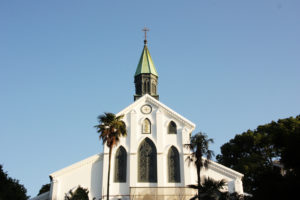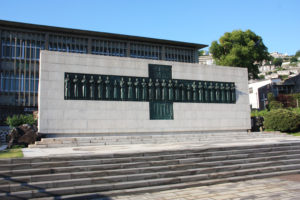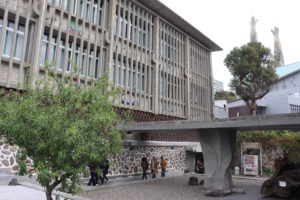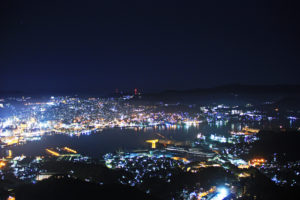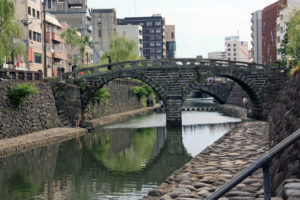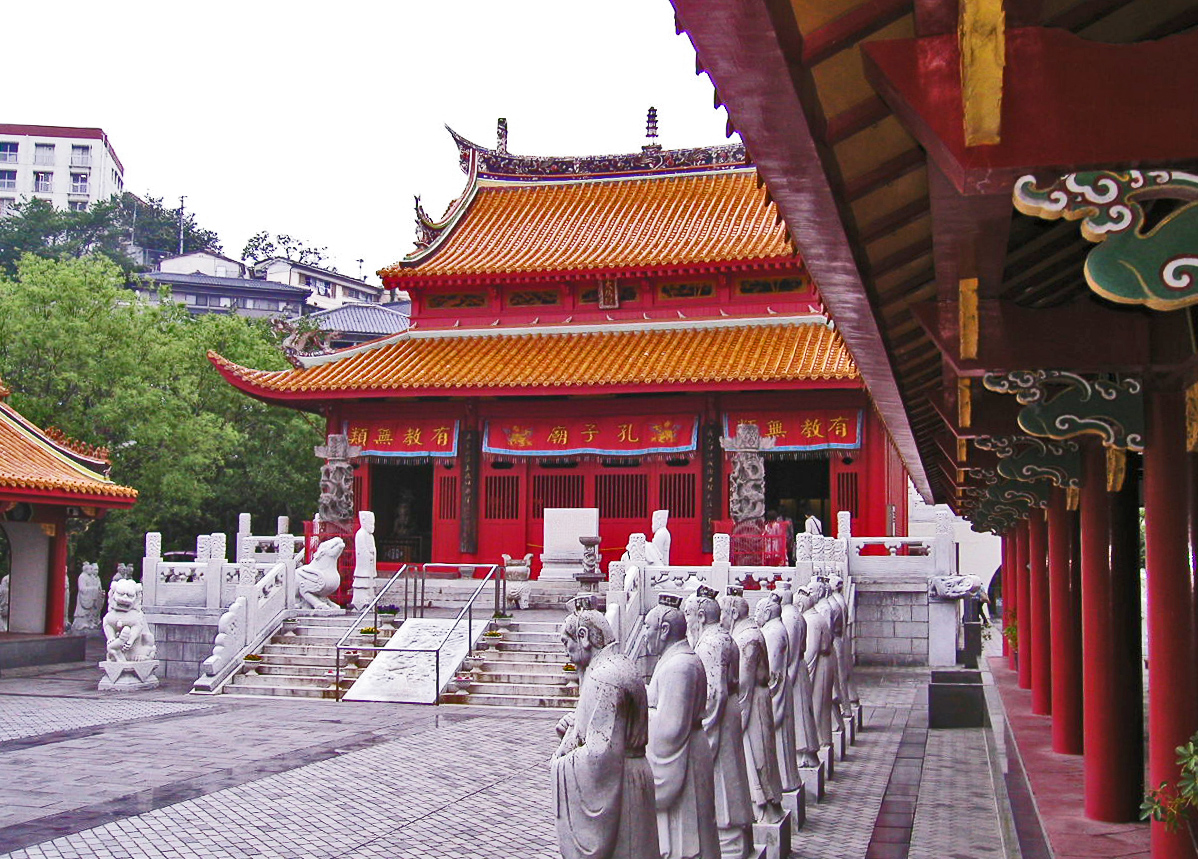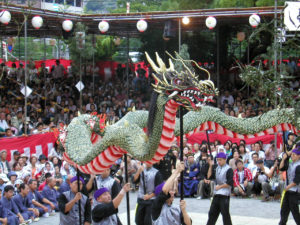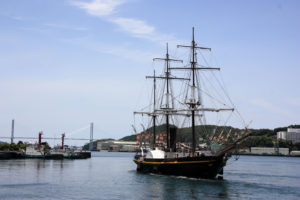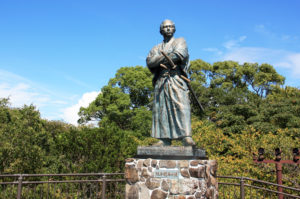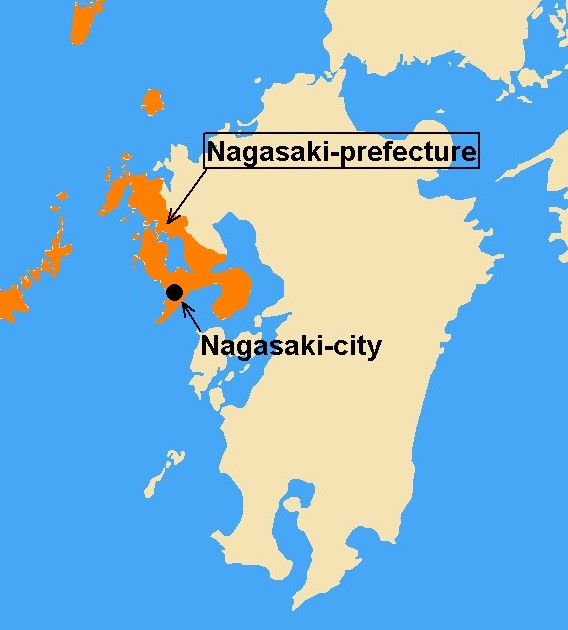Nagasaki travel guide
This Tourist information is created by Japan KYUSHU Tourist for enjoyment
of your travel. We are the Travel Agent in Fukuoka specializing in Kyushu.
When you have an idea or a plan for traveling in Kyushu, Japan, please contact
us by sending an Enquiry. Make an Enquiry
Nagasaki is Japan’s first international city with a history of trading with many countries
since Nagasaki port opened in 1571.
The city has many tourist places with hidden Japanese historical significance.
It was the Gateway to foreign countries and the first area where Christianity spread.
It played a major part in Japan’s industrial modernization and was the site
of the Atomic bomb used in WW2.
Exploring Nagasaki
Glover Garden / UNESCO World Heritage
 |
Established in 1955 near the Ground Zero where the Atomic Bomb was dropped at 11:02 am on Aug. 09, 1945. Peace Memorial Ceremony is held in front of the statue on August 9 every year and the Mayor of Nagasaki makes the “Nagasaki peace declaration” for the whole world. |
Christian Pilgrimage sites in Nagasaki
Oura Cathedral / UNESCO World Heritage
Martyrdom of the 26 Saints of Japan
| Nakamachi Church | ||
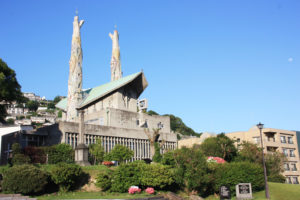 |
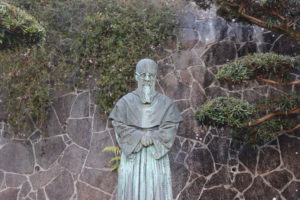 |
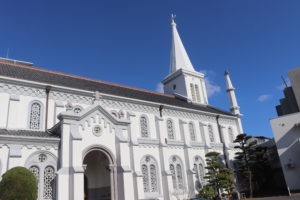 |
Featured destinations
|
Dejima was the fan-shaped artificial island in the bay of Nagasaki where was used as a Dutch trading port and it was only open gateway to Europe during Japan’s National isolation of Edo period from 1641 until 1853. At that time, many European technologies and cultures were introduced here through Dutch. |
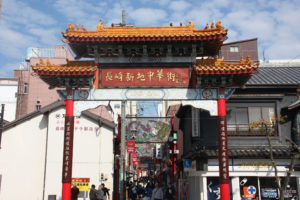 |
Nagasaki China town at shinchi is one of the big three china town in Japan. There are about 50 Chinese restaurants and many Chinese sundries shops in there. |
Gunkan-jima island cruise / Hashima Coal Mine
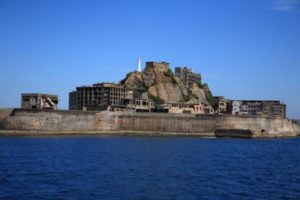 |
Hashima coal mining island is an artificial reclaimed island and the site of Japan’s first major undersea coal exploitation pioneered by Mitsubishi. Hashima Island is located 3 km southwest of Takashima. The site has been registered on UNESCO World Heritages as Sites of Japan’s Meiji |
|
|
|
|
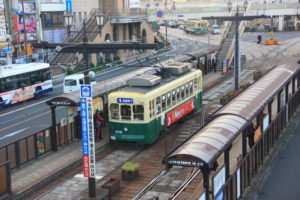 |
The Nagasaki Electric Tramway provides a convenient and affordable way to travel around the main attractions of Nagasaki-city. |
General information
| Address | City hall : 2-22 Sakura-machi, Nagasaki-city, Nagasaki-prefecture |
| Access |
2 hours and 40 minutes by a vehicle from Kitakyushu-city 2 hours by a vehicle from Fukuoka-city 1 hour and 30 minutes by a vehicle from Saga-city 1 hour and 30 minutes by a vehicle from Shimabara-city 1 hour and 10 minutes by a vehicle from Unzen-city 1 hour and 10 minutes by a vehicle from Sasebo-city
2 hours and 20 minutes by JR express train from JR Hakata Station |
| Transportation |
Tram : Convenient transportation system for sightseeing in Nagasaki-city Almost all the tourist attractions are located within walking distance from tram station |
| Population | 418,000 Population density 1,030 |
Nagasaki-city
